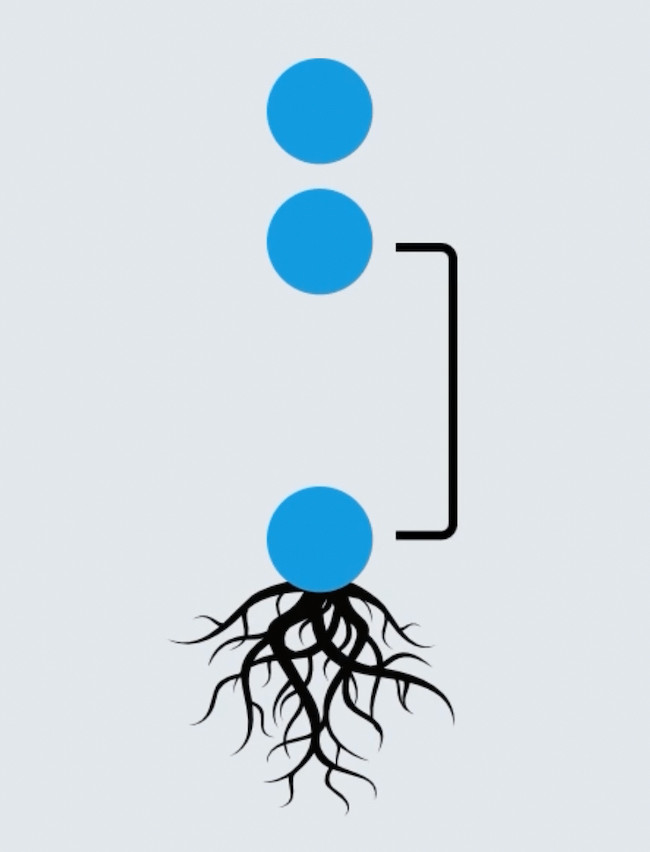Triads are fundamental building blocks in music, and mastering them on guitar opens up a world of harmonic possibilities. If you’re looking to deepen your understanding of guitar chords and music theory, grasping triads is an essential step. In this guide, we’ll break down what triads are, how they’re constructed, and why they’re so crucial for guitarists of all levels.
What Exactly is a Triad in Music?
Simply put, a triad is a chord made up of three distinct notes. However, it’s not just any random combination of three notes. Triads are built using specific musical intervals, which are the distances between notes. Understanding these intervals is key to understanding triads. If you’re new to intervals, consider checking out our guide to guitar intervals to get up to speed.
To understand how triads are formed, let’s quickly recap chord construction in general. A chord is created when multiple notes are played simultaneously. By combining different notes based on specific formulas, we create various chord types, like:
- Major chords: Bright and happy sounding chords like C major, G major, D major.
- Minor chords: Sadder or darker sounding chords like A minor, E minor, D minor.
- Dominant chords: Chords that create tension and often resolve to major or minor chords, like G7, C7, D7.
Each chord type has its unique sound because of its specific “recipe” of intervals. This recipe isn’t about specific note names (like C, G, or B), but about the intervals between those notes.
For instance, the basic “recipe” for a major chord, and therefore a major triad, is:
- Root note
- Major third interval from the root
- Perfect fifth interval from the root
Because this recipe uses three intervals (including the root), it’s called a triad – “tri” meaning “three.”
How the Triad “Recipe” Works
To build a triad, we start with a foundational note called the root note. This is the note the chord is named after (e.g., C in a C major triad). Then, we add notes that are specific intervals away from this root.
Consider a three-note chord. The intervals from the root note to the other notes might be a major third and a perfect fifth.
 Diagram showing Root, Major Third, and Perfect Fifth intervals
Diagram showing Root, Major Third, and Perfect Fifth intervals
Each interval acts like an “ingredient” in our chord “recipe,” and each chord type has its own unique interval combination.
Let’s see how this applies directly to the guitar fretboard. Here’s a breakdown of the intervals and their corresponding distances in frets (semitones) on the guitar:
| Ingredient (Interval) | Guitar Frets (Semitones) |
|---|---|
| Root note | 0 |
| Major third | 4 |
| Perfect fifth | 7 |
Now, let’s analyze a major triad shape on the guitar to see these intervals in action:
Let’s break down this example step-by-step:
- Root Note: We begin with our root note. In this example, it’s located at the 5th fret of the A string.
- Major Third: Next, we determine the interval distance between the root note and the next note in the chord, which is on the 4th fret of the D string. This distance is 4 semitones (equivalent to moving up 4 frets on the same string), representing a major third interval (M3).
- Perfect Fifth: Finally, we measure the distance from the root note to the highest note in the chord, situated at the 2nd fret of the G string. This distance is 7 semitones (or 7 guitar frets), which corresponds to a perfect fifth interval (P5).
Essentially, this chord contains all the necessary “ingredients” for a major triad: a root note, a major third, and a perfect fifth!
(If you’re unsure about how to measure intervals between notes on the guitar, our article on guitar intervals will provide a detailed explanation.)
While this might seem like a lot of theory at first, it becomes intuitive with practice. For a more comprehensive and interactive approach to learning music theory, including triads, consider exploring Music Theory from Scratch, our in-depth music theory course.
Want to dive deeper into triads? Try out our free triad lessons to further your understanding and practice chord construction.
Get the free triad lessons
And of course, if you’re an All Access Member, you can access the full music theory course and start mastering triads right away!
